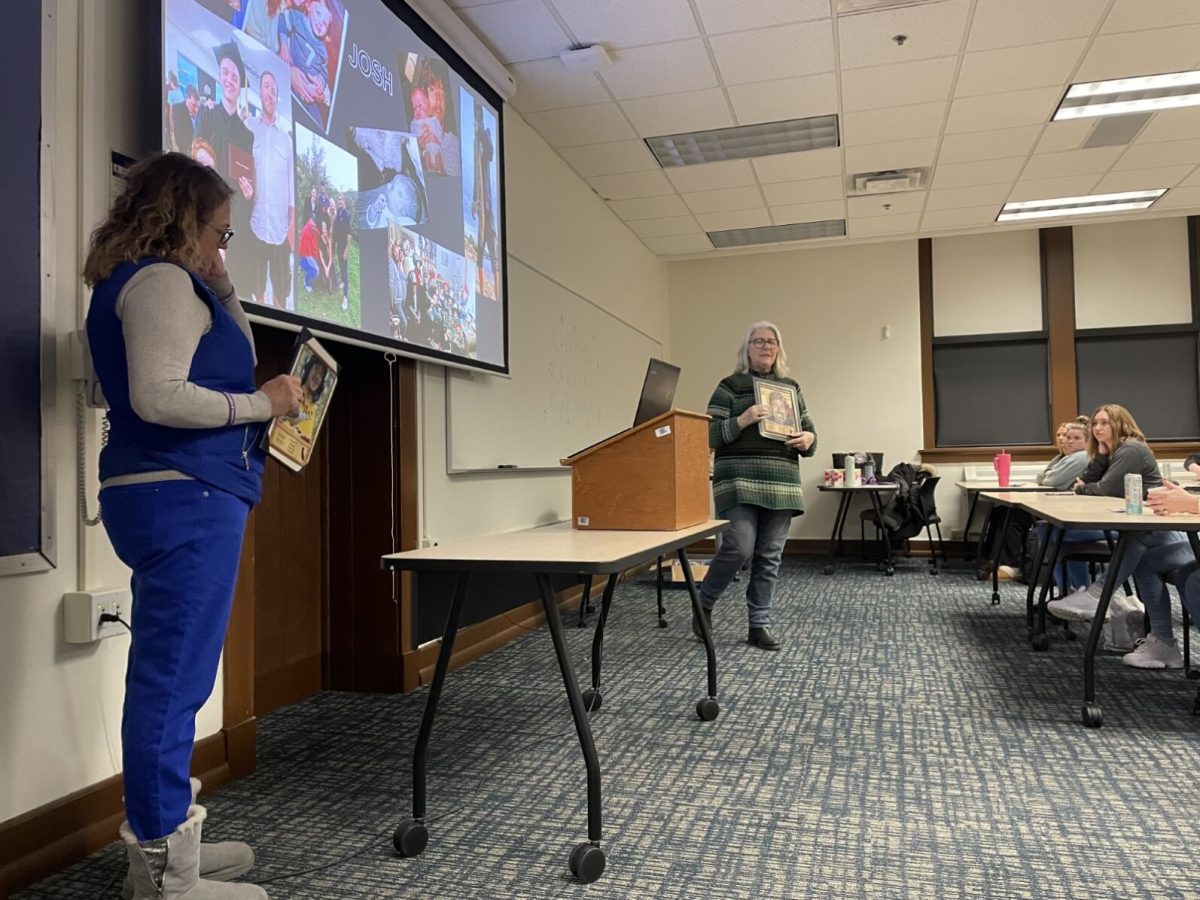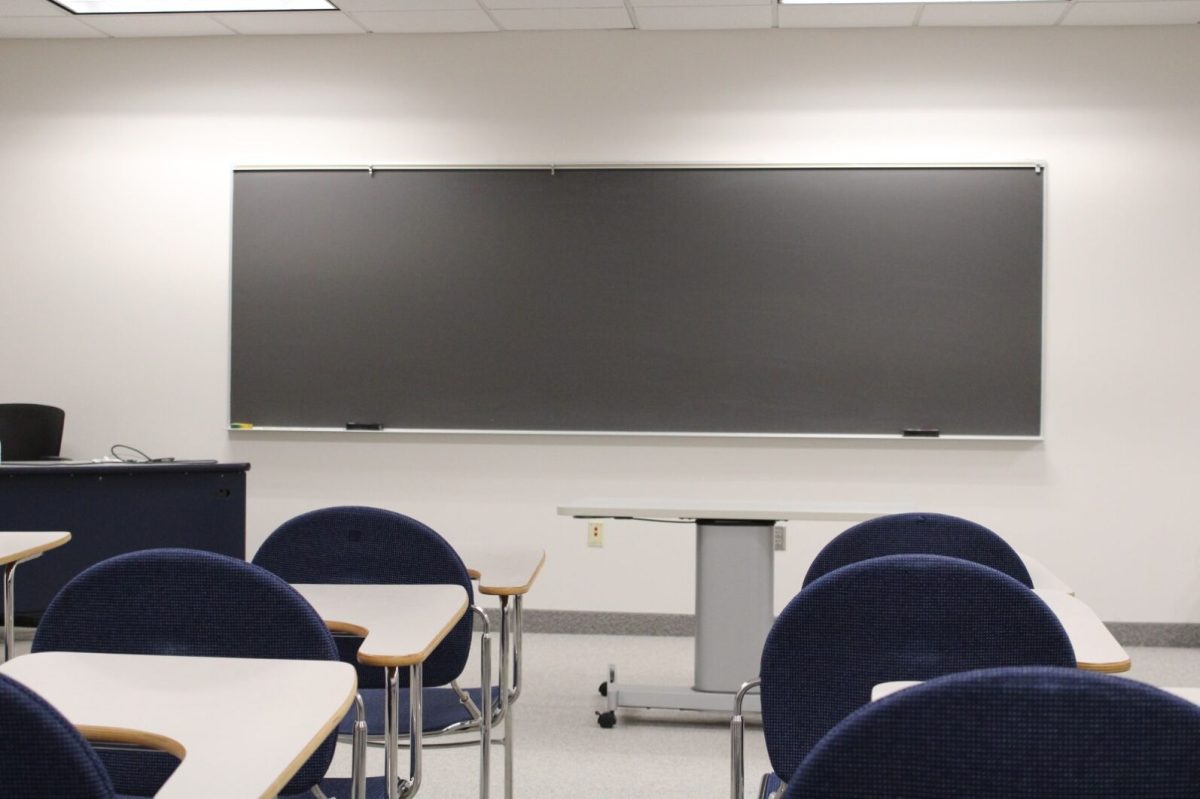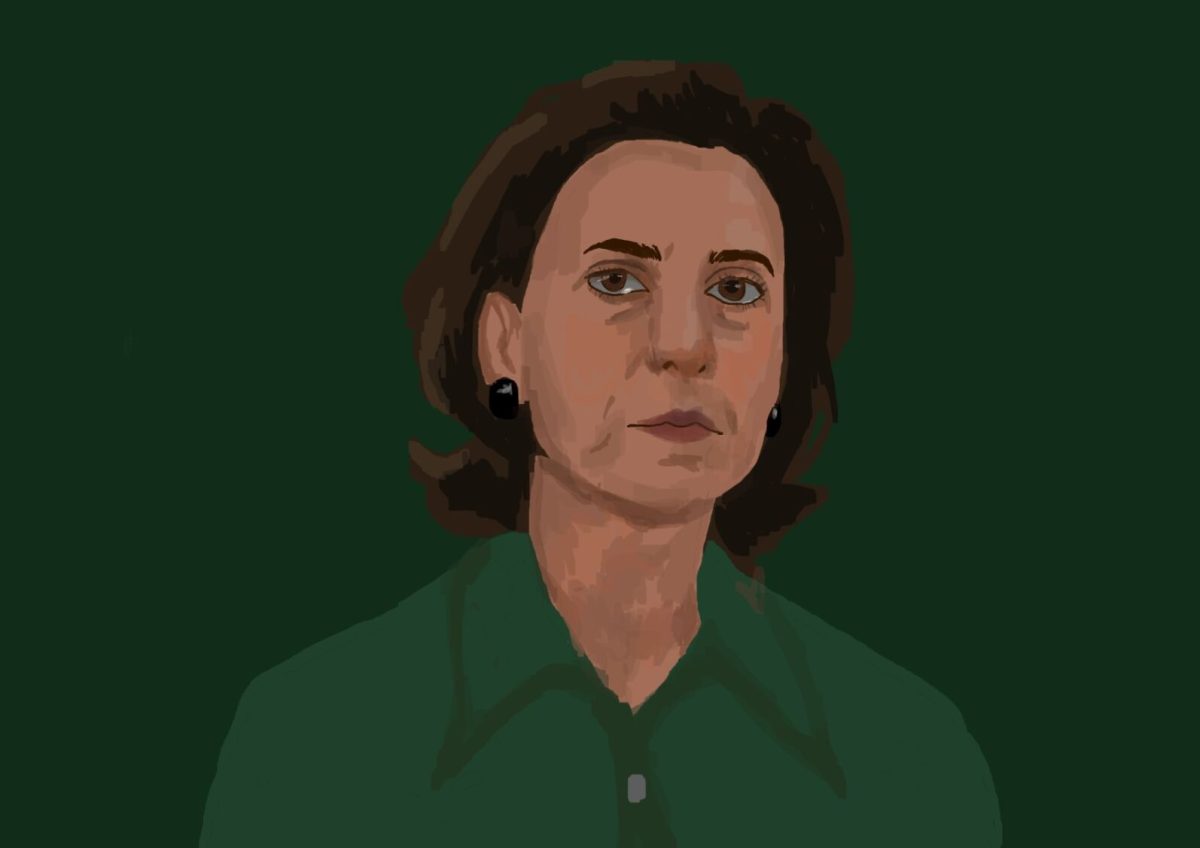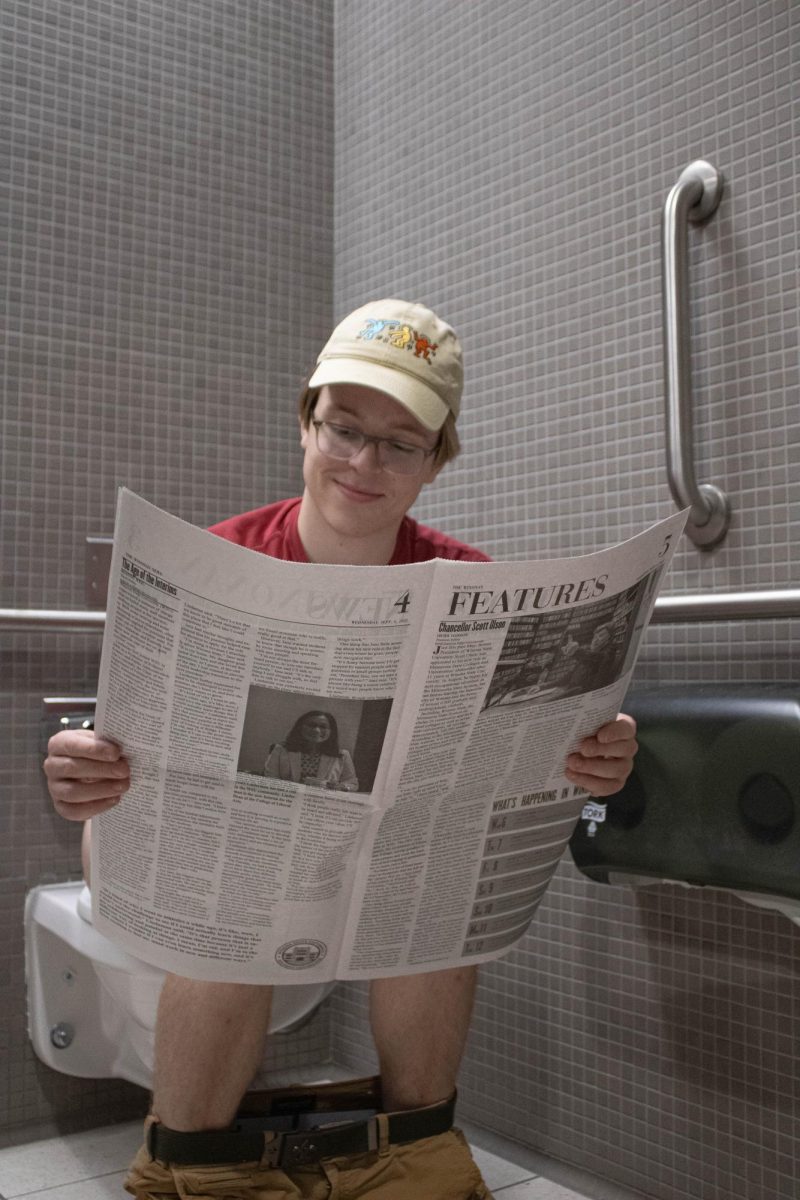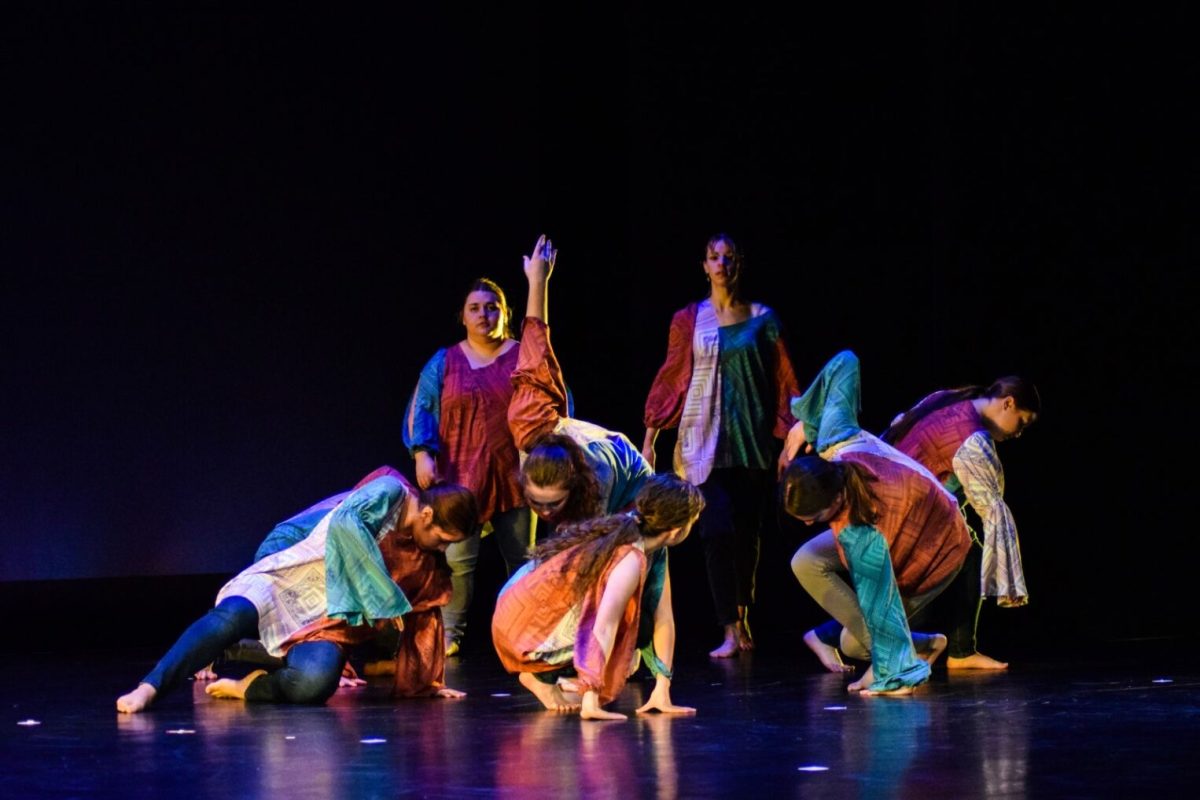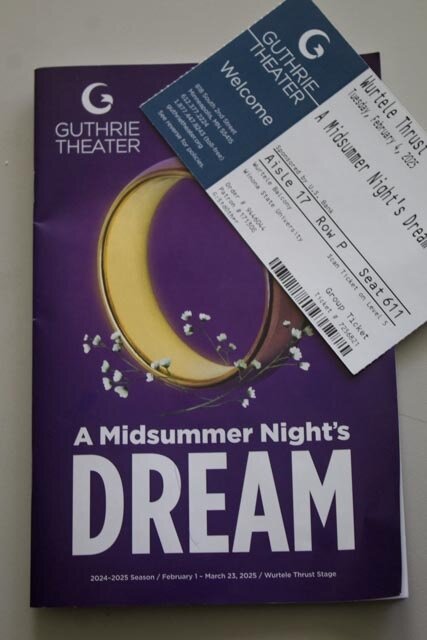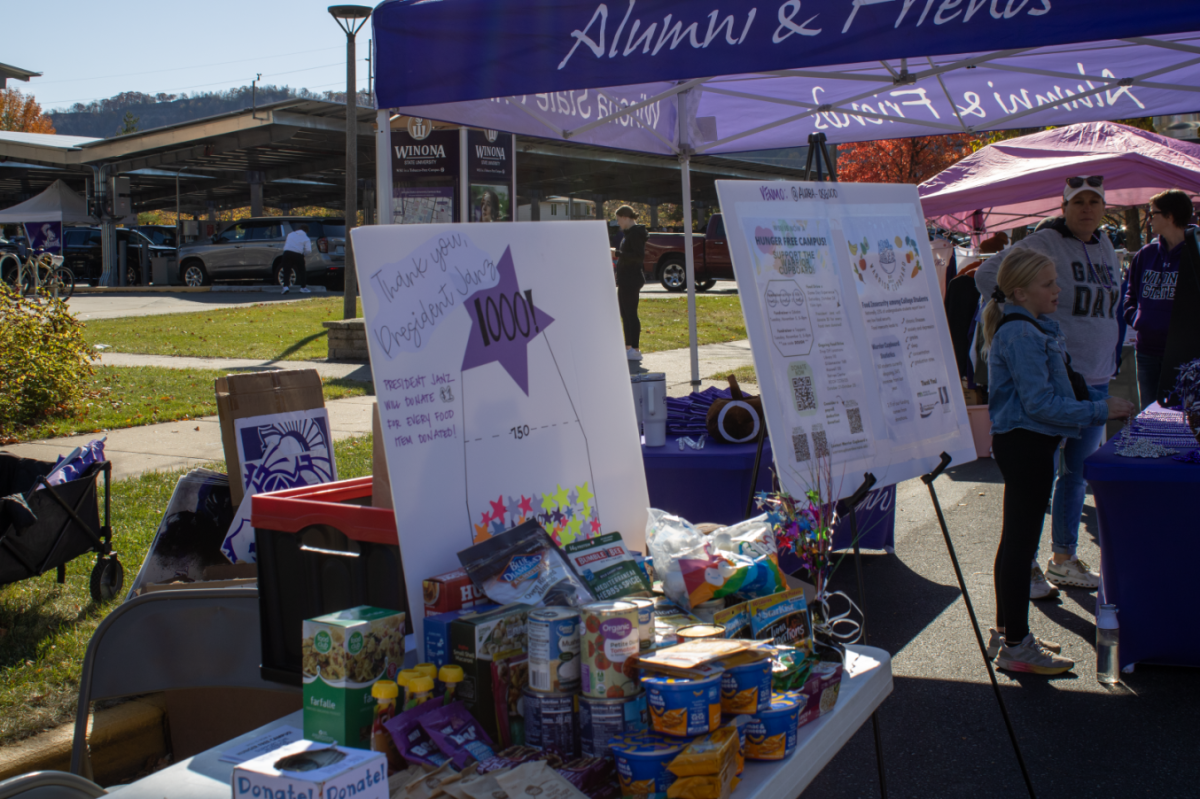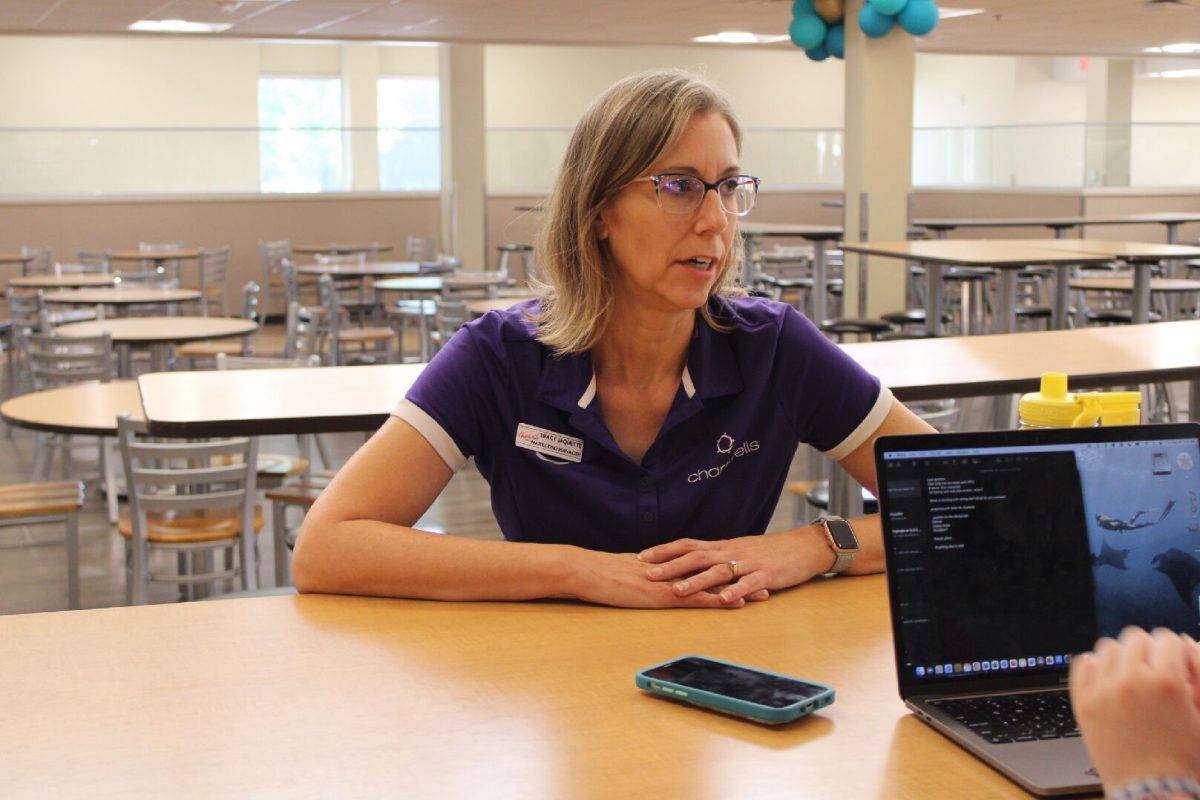With the effects of climate change becoming more and more prevalent, from hurricanes in Florida to mild winters here in Minnesota, it’s hard for students to ignore. No matter how hard it is for students to ignore, it’s arguably even harder for them to find their place within the climate movement.
This year Winona State University implemented the Climate Wayfinding Fellowship to provide students with a way to find their place in the climate movement. While Climate Wayfinding has happened at other campuses previously, this is the first year that it is happening at Winona State.
This first session of Climate Wayfinding at Winona State had students meeting once a week for six weeks and between these meeting times they had things to listen to, watch, and journal about. All these things were facilitated with the purpose of helping students find their place in the climate movement.
Aubrey Schossow, a second-year student at Winona State, joined Climate Wayfinding to find her place in advocating for the planet.
“The program started by digging within and uncovering how this process makes you feel and why you choose to join Climate Wayfinding and then throughout the program you slowly move outwards, seeing what you can do for/with your community and beyond.” Schossow said.
Part of the reason many students decided to join Climate Wayfinding was because not only did they want to find their place in the climate movement, but they also want to protect the planet for the next generations. This protection of the planet and showing students how to fight for it is a major part of Climate Wayfinding.
“I joined Climate Wayfinding because I wanted younger generations to enjoy nature the way I did as a kid. I want them to have trees to climb and worms to save. If we allow ourselves to ignore the climate crisis, there won’t be opportunities to enjoy the outdoors and its beauty.”
The facilitator of this program at Winona State, English professor Nicole Ciulla has done research on climate change and facilitating this program has even helped her find a place in this complex community. She participated in the four-day version of this program while being trained in how to facilitate it.
The name of the program, Climate Wayfinding, comes from using the stars as a form of navigation, and just like during Wayfinding you need to be adaptable and flexible in your journey, but still end up on the correct path.
“And that’s how they’re thinking about providing both support, resources, and a space, and a community, to help people commit essentially to climate in a not ‘one and done’ way.” Ciulla said.
Another important aspect of the Climate Wayfinding project is community building. A lot of people don’t know where they fit into the climate movement on an individual scale, but when people join together it makes it easier to find where they fit and what they can do to help.
“That’s a big part of the program, is finding that community. The hope for students on Winona State’s campus is that they can work from a yearning they have to be involved, and that they can find a community that supports them in that, and also they can define how they want to be involved in a lifelong way.” Ciulla said.
This community building aspect of Climate Wayfinding helps to lead students down a path where they know their place in the climate movement. On an individual scale it’s hard to find a way to help the community and the planet, but with a group of like-minded people joining together to participate in Climate wayfinding, it becomes much easier to realize where everybody fits into this movement.
The students participating in Climate Wayfinding will be participating in many ways on campus coming up. Not only will they be implementing their ideas on how to help the planet, but they will also be speaking in a panel at a climate conference. The Small Cities and Climate Change Conference spans over the course of three days and there will be keynote speakers, panels, and then some.
Discussing climate change is more than just an individual activity and it spans for life. Climate Wayfinding is just one of the ways that students can get involved with the climate movement. While this section of Climate Wayfinding may be drawing to a close, there are plans for future sections to be facilitated at Winona State




